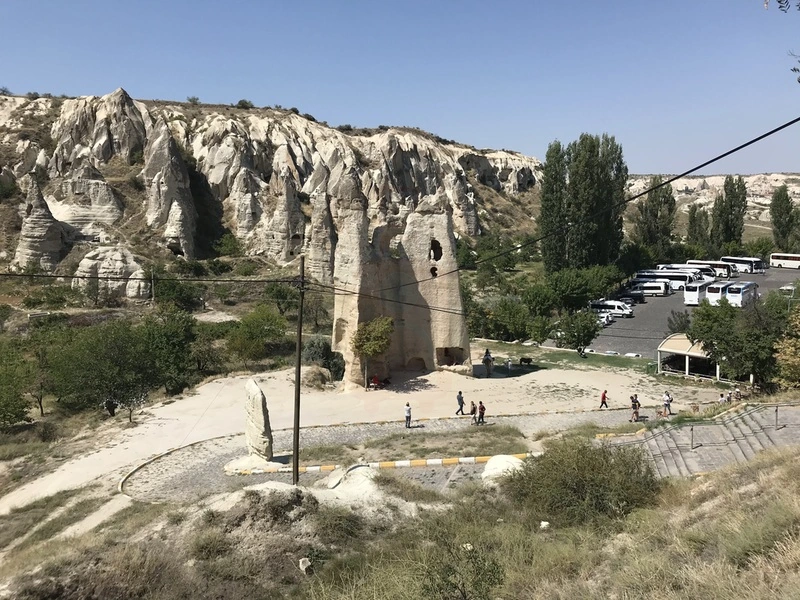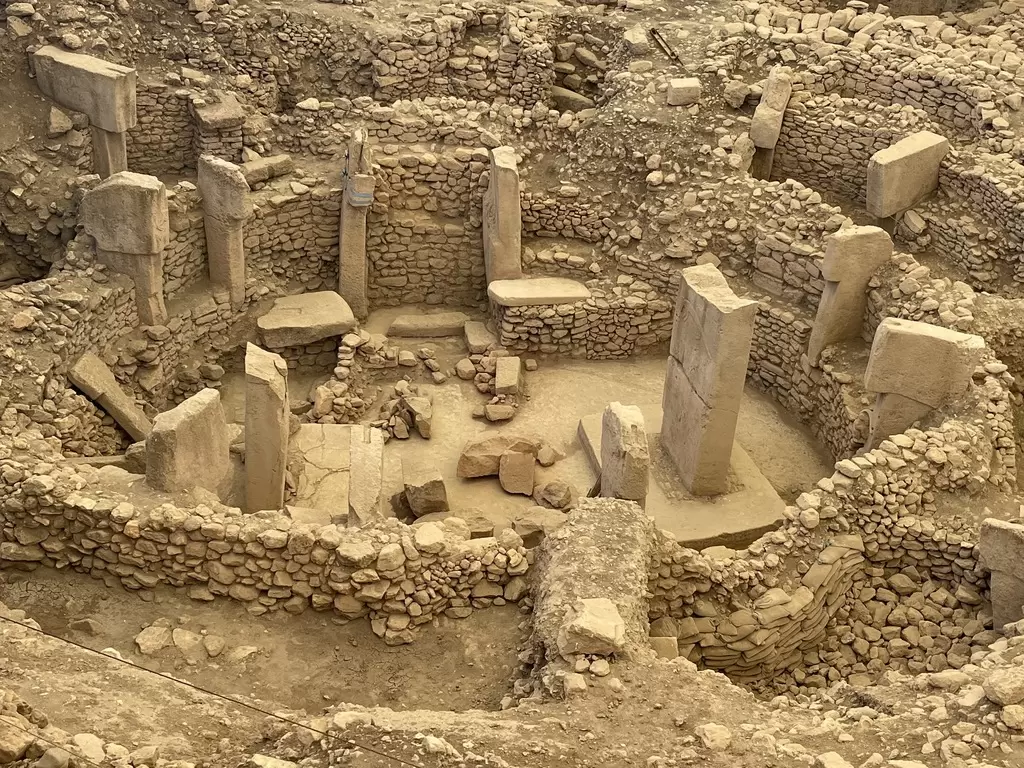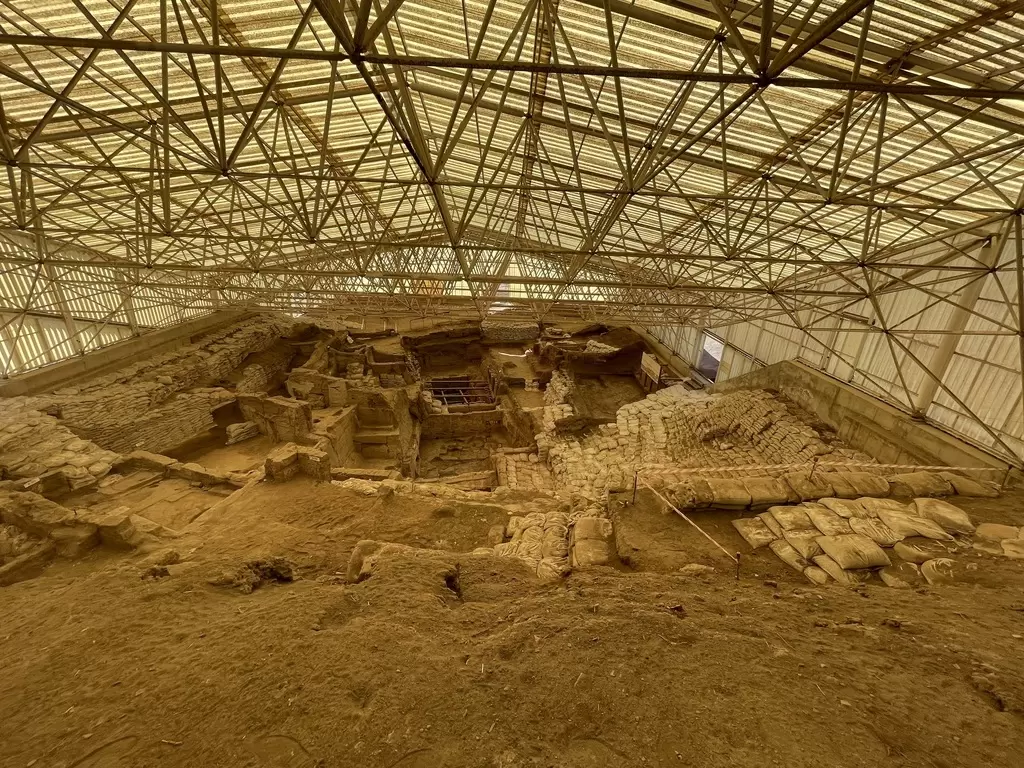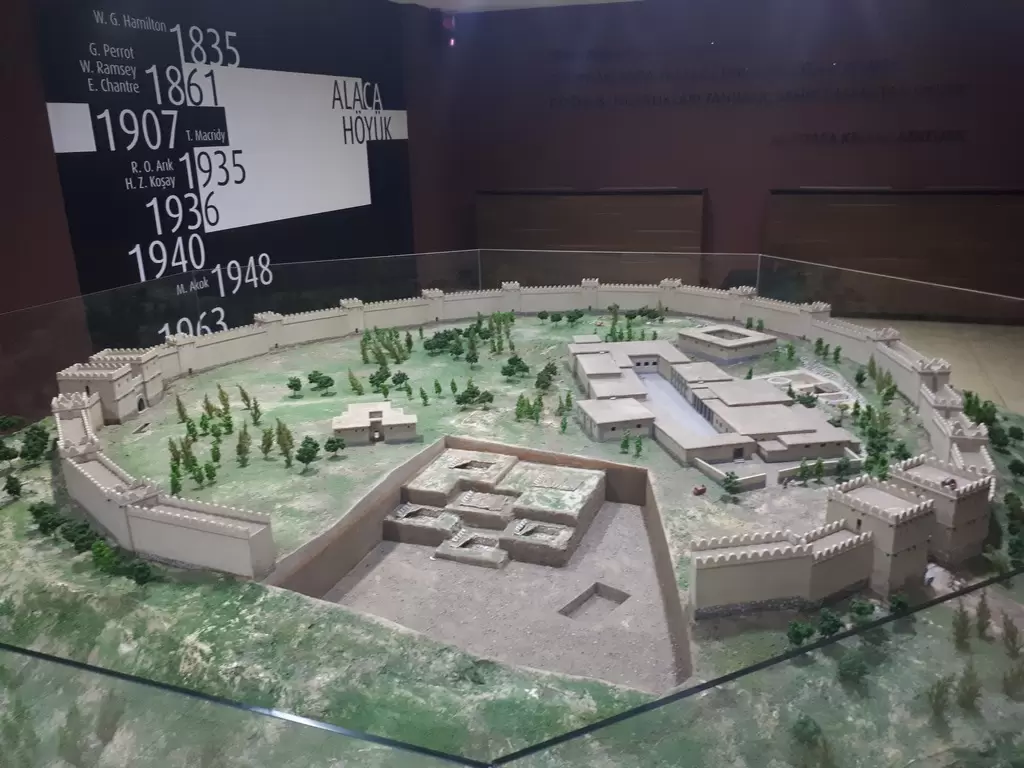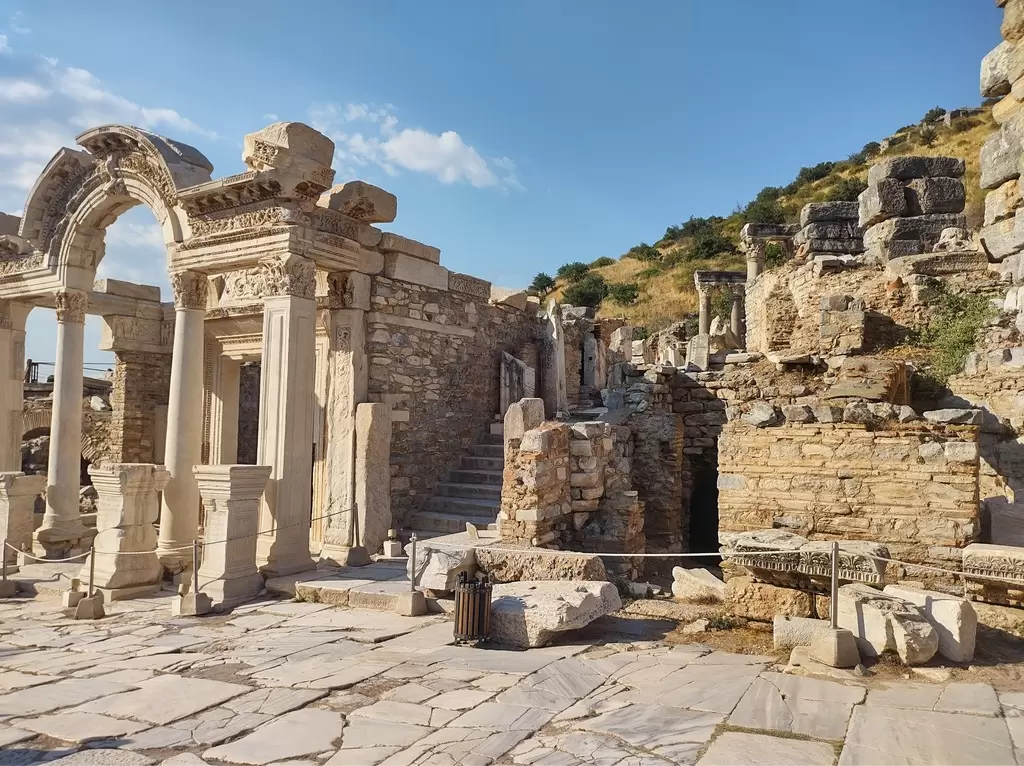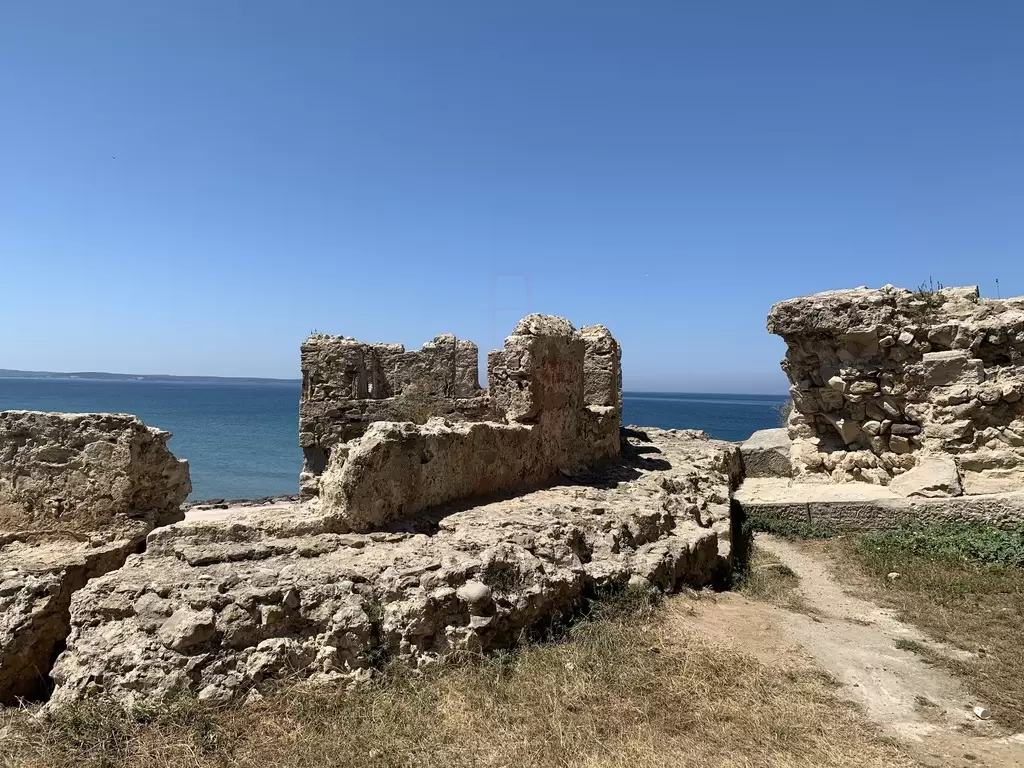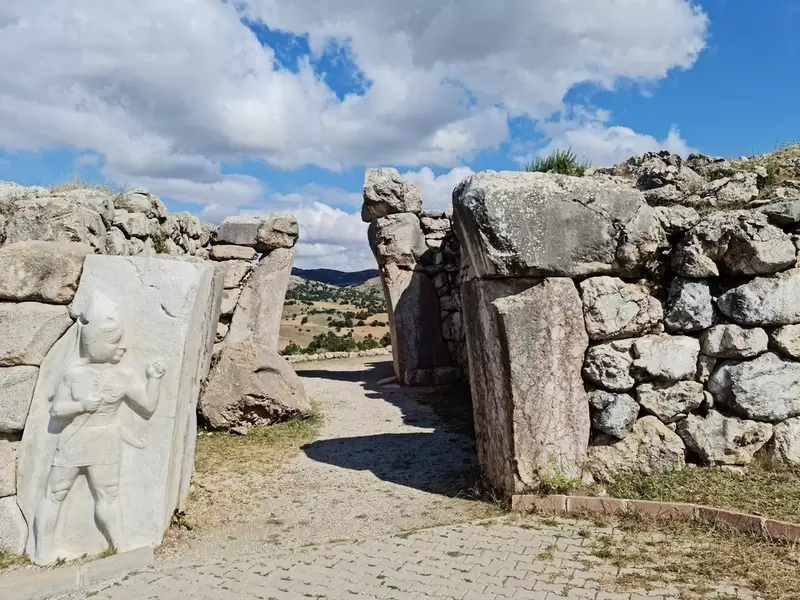
The Hittites were an ancient civilization that rose to prominence in Anatolia around the 18th century BCE and became one of the most formidable empires in the ancient Near East. They established their capital at Hattusa, located near modern-day Boğazkale in Turkey, which became a major center of culture, politics, and trade.
The Hittite Empire reached its height during the 14th and 13th centuries BCE, under the reigns of powerful kings such as Suppiluliuma I and Muwatalli II. Their political structure was highly organized, featuring a centralized monarchy supported by a network of vassal states. This organization allowed them to expand their territory significantly, incorporating regions that included parts of present-day Turkey, Syria, and Lebanon.
The Hittites are known for their military innovations, particularly their use of chariots, which played a crucial role in their conquests and defense strategies. Their army was well-trained and equipped, enabling them to engage in numerous battles with neighboring powers, including the Egyptians and Assyrians. One of the most famous confrontations was the Battle of Kadesh, fought against Ramses II of Egypt around 1274 BCE. This battle is significant not only for its scale but also because it led to one of the earliest known peace treaties in history, showcasing the Hittites' diplomatic skills.
Culturally, the Hittites were influenced by the civilizations surrounding them, particularly the Mesopotamians and Egyptians. They adopted and adapted various aspects of these cultures, including religious practices, legal codes, and artistic styles. The Hittite pantheon included numerous gods and goddesses, reflecting a syncretic approach to religion. Their rituals and ceremonies were intricately tied to agricultural practices and seasonal changes, emphasizing their connection to the land.
The Hittite language belongs to the Anatolian branch of the Indo-European language family. It is one of the oldest recorded languages and is known primarily through cuneiform inscriptions on clay tablets. These texts include legal documents, treaties, and literature, providing valuable insights into Hittite society, governance, and culture. Notably, the Hittites were among the first to use a legal code, influencing subsequent legal systems in the region.
The decline of the Hittite Empire began around the 12th century BCE, likely due to a combination of internal strife, economic difficulties, and external pressures from invading groups such as the Sea Peoples. By the end of the Bronze Age, many Hittite cities were abandoned, and the empire fragmented into smaller states.
Despite their decline, the Hittites left a lasting legacy in Anatolia and the broader ancient world. Their contributions to governance, law, military organization, and culture influenced subsequent civilizations in the region. Today, archaeological sites associated with the Hittites, particularly Hattusa, are UNESCO World Heritage Sites, attracting scholars and tourists alike who seek to understand the significance of this remarkable civilization in ancient history.






